
On June 12, the National Assembly Standing Committee also issued Resolution No. 1674/NQ-UBTVQH15 on the arrangement of commune-level administrative units of Ninh Binh province in 2025. Accordingly, Ninh Binh province will have 129 commune-level administrative units, including 32 wards and 97 communes. The new development space after the merger has a natural area of about 3,942.61 km², with a population of more than 4.4 million people.
The merger of the three provinces of Ha Nam, Nam Dinh and Ninh Binh is a historic opportunity to restructure the growth model, reorganize development space, create conditions to liberate all scattered resources and overcome old administrative boundaries.
This is a strategic step to expand economic space, strengthen regional connectivity, increase population and economic scale, thereby increasing competitiveness, attracting investment and maximizing advantages in developing key sectors such as industry, tourism, marine economy and cultural industry associated with heritage conservation.

Comrade Le Minh Hung, Politburo member, Secretary of the Party Central Committee, Head of the Central Organizing Committee, presented the Politburo's Decision on the establishment of the Ninh Binh Provincial Party Committee.
Promoting traditional strength to make a breakthrough
Nam Dinh, Ha Nam, Ninh Binh are three regions with distinct identities, but converge profound and similar cultural, historical, and human values. The merger of three localities in the strategy of arranging the country's administrative and economic units will bring about a new development space, where geographical advantages, people and traditions are blending into a breakthrough force.
Looking back at history, from the time of the founding of the nation under the Dinh-Tien Le dynasty and the early Ly dynasty, the land that is now Ninh Binh province (new) was the place where the power of Dai Co Viet nation was concentrated, where the capital Hoa Lu was located and also the first military-administrative-economic center of our country in the early period of independence and autonomy. This territory, in the past, took the Hoa Lu-Gia Vien-Yen Mo area (Ninh Binh) as the center, called Truong Yen prefecture and took the neighboring area to the north (Ha Nam, Nam Dinh) as the place to recruit soldiers and guard the river mouths.
During the Ly and Tran dynasties, this area belonged to Son Nam route, with important prefectures such as Truong Yen and Thien Truong, playing the role of political, religious and military center south of Thang Long citadel. Thien Truong prefecture (Nam Dinh) was also the birthplace of the Tran dynasty, once considered the "second capital" of Dai Viet.
Under the Later Le Dynasty, the administrative space was divided more clearly according to the system of Thua Tuyen-Phu-Huyen-Tong, but this area was still considered the Son Nam Thuong-Son Nam Ha region. Prefectures such as Ly Nhan, Nghia Hung, Truc Dinh, Yen Mo, Gia Vien were all familiar place names, continuously through many dynasties.
During the Nguyen Dynasty, King Minh Mang, who created the hierarchical system of province-district-commune governance, placed this region in Nam Dinh province, which encompassed almost all of the three current provinces. Then, in 1831, Ninh Binh province was separated.

The 1st Congress of Ha Nam Ninh Provincial Party Committee, round 2, April 1977.
At the end of the 19th century, under the French colonial period, Nam Dinh, Ha Nam, and Ninh Binh were separated into separate provinces. In 1976, the three provinces were merged into Ha Nam Ninh province. On December 26, 1991, the 10th session of the 8th National Assembly of the Socialist Republic of Vietnam issued a resolution on dividing Ha Nam Ninh province into two provinces, named Nam Ha and Ninh Binh. On April 1, 1992, Ninh Binh province officially came into operation under the new administrative unit. On November 6, 1996, the 10th session of the 9th National Assembly issued a resolution to divide Nam Ha province to re-establish Ha Nam and Nam Dinh provinces. On January 1, 1997, Ha Nam province officially came into operation. Ha Nam Ninh province has been divided into three provinces: Ninh Binh, Nam Dinh, and Ha Nam to this day.
The process of division, consolidation and re-establishment of administrative units in history not only reflects the requirements of each development period, but more deeply, also shows a reality: Ha Nam-Nam Dinh-Ninh Binh is a historical-geographical-cultural space with deeply connected origins in nature, culture, economy and is still a regional structure with the potential to operate in a unified manner in modern development thinking.

The merger of the three provinces of Ha Nam, Nam Dinh and Ninh Binh is not simply an adjustment of administrative boundaries, but a reaffirmation of the rationality of development space, the similarity of cultural identity and the ability to reorganize resources effectively and sustainably.
---Secretary of Ninh Binh Provincial Party Committee Truong Quoc Huy---
From that foundation, the merger is not simply an adjustment of administrative boundaries, but a reaffirmation of the rationality of development space, the similarity of cultural identity and the ability to reorganize resources effectively and sustainably.
After the merger, Ninh Binh province inherited long-term accumulated economic-cultural-social values. With a rich cultural and historical tradition, the three provinces of Ha Nam, Nam Dinh, and Ninh Binh converge many layers of values, known as localities with many historical and cultural heritages, natural landscapes, traditional festivals, and unique tourism products, with nearly 5,000 relics of all kinds inventoried.

Administrative boundary map of Ninh Binh province after the merger. (Photo: baoninhbinh.org.vn)
In particular, the culture of the people of Ha Nam, Nam Dinh, and Ninh Binh is also an entity that is very difficult to blend. Although each place has its own unique characteristics, they all meet in common: perseverance in the face of hardship, loyalty to the origin, and the desire to rise up with knowledge and humanity. It is the people, with that courage and tradition, that are the soft power that creates a solid internal strength for a land that is changing strongly in the new era.
Promoting historical and cultural traditions, inheriting traditional values that have been nurtured through generations, the Party Committee, government and people of Ninh Binh province have promoted internal strength, innovated, seized opportunities, overcome challenges, and strived to basically complete socio-economic development goals and targets, with many bright spots in growth model innovation, especially renewing traditional growth drivers, focusing on developing new growth drivers based on the value of high-tech industries, digital economy, creative economy, heritage economy, and circular economy. The economic structure of the sector and within the sector is towards industrialization and modernization.
By the end of 2024, the economic scale is estimated to reach 310,282 billion VND, ranking 11th out of 34 provinces and cities after the merger; total budget revenue reaches 55,018 billion VND, ranking 6th out of 34 provinces and cities after the merger; total export turnover reaches 17.56 billion USD, accounting for 12.3% of the total export turnover of provinces and cities in the Red River Delta, accounting for 4.3% of the total export turnover of the whole country. The new rural construction program has achieved important results; 3 provinces have been recognized by the Prime Minister as having completed the task of building new rural areas. The poverty rate in localities is now only under 1%.
The fields of culture, education, health, and environment continue to receive attention and achieve many encouraging results. The political system at the grassroots level is consolidated, national defense and security are maintained, and the material and spiritual life of the people is significantly improved.
By the end of 2024, the economic scale is estimated to reach 310,282 billion VND, ranking 11th out of 34 provinces and cities after the merger; total budget revenue reaches 55,018 billion VND, ranking 6th out of 34 provinces and cities after the merger; total export turnover reaches 17.56 billion USD, accounting for 12.3% of the total export turnover of provinces and cities in the Red River Delta, accounting for 4.3% of the total export turnover of the whole country.

Phu Day Festival honors Holy Mother Lieu Hanh.

Tam Chuc tourist area.

Bai Dinh-Trang An
Expanding space for comprehensive development
The merger of three provinces in this period opens up opportunities to form new development spaces, increase regional connectivity and exploit more effectively the potentials and advantages of the southern Red River Delta region. No longer limited by administrative boundaries, a unified development space is formed, where the potentials and advantages of each locality are integrated and complemented together, creating a new, strong, comprehensive and sustainable development driving force.
With unified planning from transport infrastructure, urban areas, industry, tourism, services, agriculture, creating conditions for the development of economic corridors throughout the mountains, plains, and coasts, helping localities effectively exploit the potential of inter-regional trade, tourism, and logistics.
Accordingly, the province will promote economic structure and production capacity, combining to form a complete value chain to promote the potential and advantages in terms of geographical location, population and area as well as the economic and social structure of each locality; at the same time, expand the space for developing marine economy, cultural industry, tourism economy, industry, agriculture and logistics services. Promote the development of science and technology, innovation and digital transformation in the spirit of Resolution 57. Prioritize the digitalization of key industries such as: Manufacturing industry, logistics, tourism, services, ecological agriculture. Build an innovation center in Phu Ly, Hoa Lu, Nam Dinh, connecting with the hospital system, universities, businesses, forming a creative startup ecosystem, towards a knowledge-based economy. At the same time, promoting outstanding advantages in tourism will be a fulcrum for developing a multi-sector service economic model, associated with heritage conservation and exploitation of local identity values.

Phi Lai Dizang Temple.
Ninh Binh province currently has abundant human resources, a young population structure, a proportion of working-age workers with basic training, forming a high-quality labor force, a diverse and balanced labor structure, promoting a reasonable division of labor within the region, thereby improving the efficiency of human resource use and reducing the development gap between regions.
In terms of culture and society, Ninh Binh province has a dense and outstanding system of historical and cultural relics: World Cultural and Natural Heritage Trang An Scenic Complex, Bai Dinh Pagoda; Stone Church, Tam Chuc Pagoda, Dia Tang Phi Lai Tu Pagoda, Tran Temple Historical and Cultural Relic Site, Phu Day Complex... creating a rich and valuable identity to build the heritage region's brand, becoming an attractive destination both in terms of historical depth and modern experience.
Ninh Binh province has a dense and outstanding system of historical and cultural relics: World Cultural and Natural Heritage Trang An Scenic Complex, Bai Dinh Pagoda; Stone Church, Tam Chuc Pagoda, Dia Tang Phi Lai Tu Pagoda, Tran Temple Historical and Cultural Relic Site, Phu Day Complex... creating a rich and valuable identity to build the heritage region's brand.
---Secretary of Ninh Binh Provincial Party Committee Truong Quoc Huy---
Regarding the organization of urban, industrial and transport infrastructure space, Ninh Binh province currently has many industrial parks, central urban areas, rural residential areas, road and waterway networks that are being invested in and upgraded. Along with that, the province focuses on effectively implementing Resolution 30 on socio-economic development and ensuring national defense and security in the Red River Delta region until 2030, with a vision to 2045, especially on strategic infrastructure, green economy, circular economy, preservation of cultural heritages and improving the quality of life of the people; strongly developing cultural industry, entertainment industry and heritage economy, urban-rural-ecological space in a harmonious and sustainable manner.
Realizing the goal of creating a modern and dynamic development space, Ninh Binh province is building itself into an industrial and service province developing according to a green and smart growth model, striving to become a developed industrial province with the identity of a national heritage center by 2030, making a worthy contribution to the cause of innovation, integration and sustainable development of the country.


Dong Van Industrial Park, Duy Tien town, Ha Nam province (old).
Building Ninh Binh into a growth pole in the Red River Delta
The road ahead for Ninh Binh province after merging provincial and commune-level administrative units and reorganizing and perfecting the organizational apparatus will have many favorable opportunities but also many difficulties and challenges.
I call for the solidarity, unanimity and determination of the cadres, party members and all the people to build a clean and strong Party organization and political system, promote and effectively exploit the new potentials and advantages of the province, realize the goal of building and developing Ninh Binh into a growth pole of the Red River Delta; a civilized and modern city directly under the Central Government, with a green and sustainable economic model, with its own identity, on par with heritage cities and creative cities of the country and the world; make worthy contributions to the cause of innovation, integration and sustainable development of the country.

Build and develop Ninh Binh into a growth pole of the Red River Delta; a civilized and modern centrally-governed city.
---Secretary of Ninh Binh Provincial Party Committee Truong Quoc Huy---

Delegates visited Hoa Lu ward
Delegates visited models of social housing projects, high-end hospitals and sports complexes 2.
Delegates visit the factory at Dong Van Industrial Park.
Large-scale, biosafety livestock model.
Mechanization of agricultural production.
Construction of Nam Dinh Green Steel Factory Complex started.
First and foremost is to promote the comprehensive, unified and consistent leadership role of the Provincial Party Committee in the new conditions. The administrative merger must not be allowed to become a breaking point in the leadership chain, but must become a strategic push for the Provincial Party Committee to improve its thinking, innovate its working methods and affirm its leadership capacity in the context of multi-dimensional movements of reality. This is not only a political responsibility, but also a direct measure of the mettle, vision and effectiveness of the Party Committee in the whole province.
In that spirit, the Provincial Party Committee will urgently develop a specific action program, clearly identify strategic breakthroughs, tighten discipline, promote substantive democracy, strengthen internal solidarity, and at the same time focus on building a team of cadres at all levels with enough heart, capacity, and responsibility to meet the requirements of leading Ninh Binh province into a new stage of development, faster, stronger, and more sustainable.

Comrade Le Minh Hung, Politburo member, Secretary of the Party Central Committee, Head of the Central Organizing Committee, presented the Politburo's Decision on the establishment of the Ninh Binh Provincial Party Committee.
Second, urgently prepare and successfully organize Party Congresses at all levels, especially the unified Provincial Party Congress, which is considered a key task that paves the way for a new development stage. The preparation of Congress documents must clearly demonstrate the strategic vision, innovative thinking and aspirations of a large-scale administrative-economic-social entity with high development capacity.
This is an important opportunity to arouse the spirit of innovation, strengthen confidence, promote democracy, tighten discipline and create a solid political and ideological foundation for the new Ninh Binh province.
Third, consolidate and stabilize the government apparatus, ensuring the smooth and effective operation of the political system in the new context. Streamlining the organization is not only to reduce costs but more importantly to build a modern, serving, honest administration that operates based on data, digitalization and good governance capacity. The apparatus must be a unified entity, operating with the spirit of serving the people and businesses, and taking development efficiency as a measure.
Fourth, synchronously deploy strategic development breakthroughs, associated with the reality of the unified province and the spirit of major resolutions of the Central Government on the basis of maximizing regional strengths and restructuring the economy in an integrated direction.

Hyundai Thanh Cong automobile factory production line.
Fifth, develop high-quality human resources, associated with digital transformation and innovation. With more than 4 million people, Ninh Binh province has advantages in population size and young workforce. This is an important resource for the province to promote science and technology development, innovation and digital transformation in the spirit of Resolution 57. Prioritize digitalization of key industries such as: Manufacturing industry, logistics, tourism, services, ecological agriculture. Build an innovation center in Phu Ly, Hoa Lu, Nam Dinh, connect with the system of institutes, schools, businesses, form a creative startup ecosystem, towards a knowledge-based economy.
Sixth, ensuring social security and strengthening the great solidarity of the whole province is a fundamental task in the merger process. It is necessary to review and promptly update health, education, employment, housing and welfare policies to stabilize people's lives and ensure that no one is left behind. At the same time, promote cultural, social, educational and communication activities to spread the common identity, respect regional diversity, and foster trust and a sense of "belonging". This is a key factor, a soft power that creates social consensus, laying the foundation for sustainable and harmonious development of the new Ninh Binh province.

Golden season of Tam Coc.

Model new rural landscape.

Tam Chuc tourist area.

Hung Nghia Church.

Water pavilion at Bai Dinh-Trang An tourist area.
The merger of the three provinces of Ha Nam-Ninh Binh-Nam Dinh into Ninh Binh province carries the people's expectations, the development aspirations of the entire land of talented people, and the responsibility before the Party, the State and history. The development problem ahead is not easy, but with the right vision, steadfast action and high solidarity, we have every reason to believe that Ninh Binh will rise up and become a bright spot in harmonious development between heritage - innovation - integration - sustainability - modernity - humanity.
That is also the political mission that the Party Committee, government and people of Ninh Binh province will be determined to carry out with all their intelligence, enthusiasm and responsibility.
Publication date: July 1, 2025
Content: Secretary of Ninh Binh Provincial Party Committee TRUONG QUOC HUY
Performed by: XUAN BACH-NGOC BICH
Source: https://nhandan.vn/special/Xay-dung-Ninh-Binh-tro-thanh-trung-tam-phat-trien-vung-di-san-va-cong-nghiep-xanh/index.html



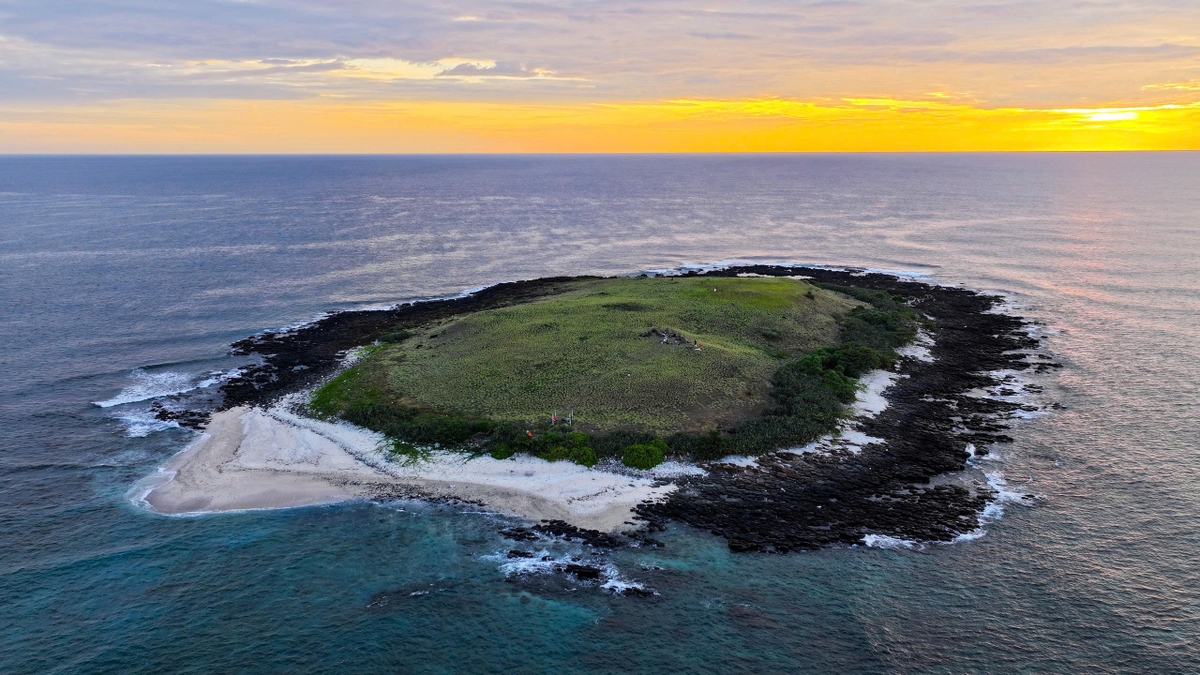




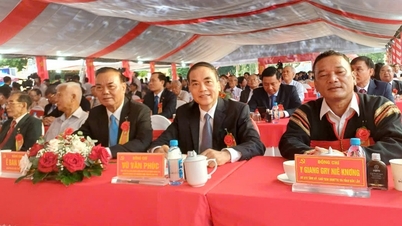

![[Infographic] Notable numbers after 3 months of "reorganizing the country"](https://vphoto.vietnam.vn/thumb/402x226/vietnam/resource/IMAGE/2025/10/4/ce8bb72c722348e09e942d04f0dd9729)
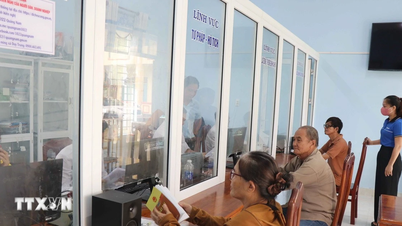






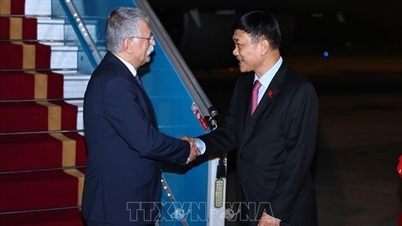


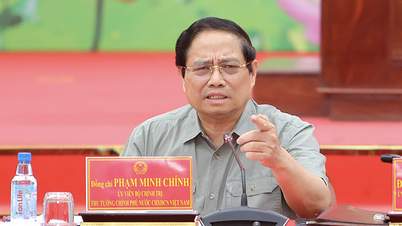



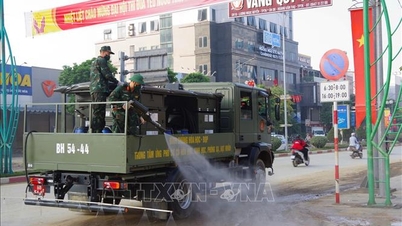
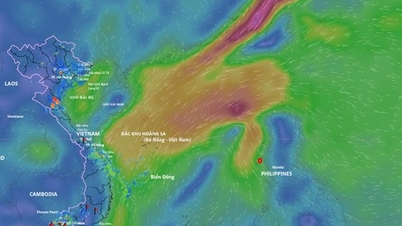





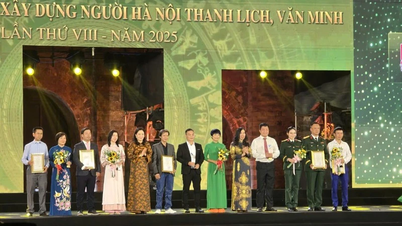


![[Video] Hanoi announces list of qualified candidates for teacher recruitment on October 24](https://vphoto.vietnam.vn/thumb/402x226/vietnam/resource/IMAGE/2025/10/19/1760887897436_thi-giao-vien-4228-jpg.webp)



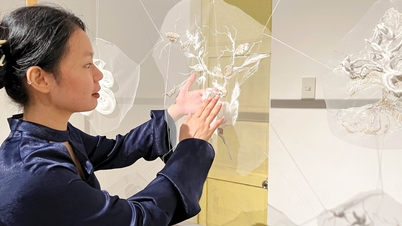

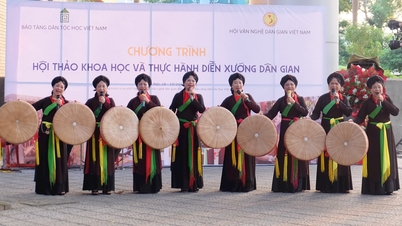



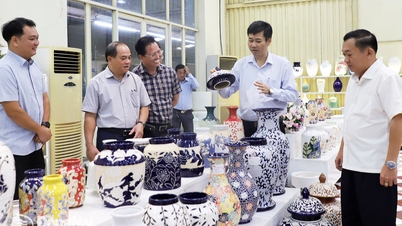

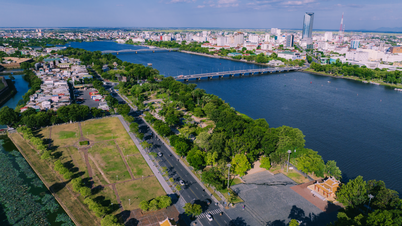







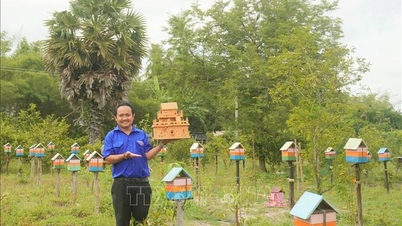

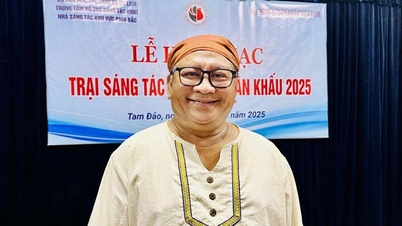






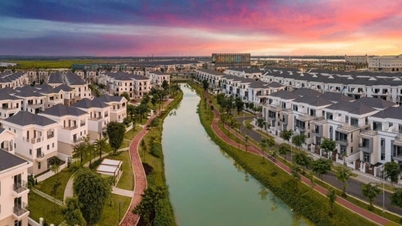
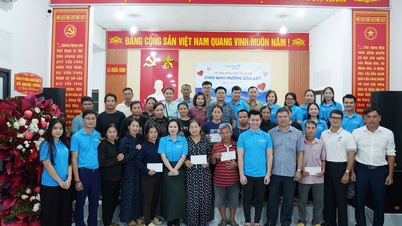


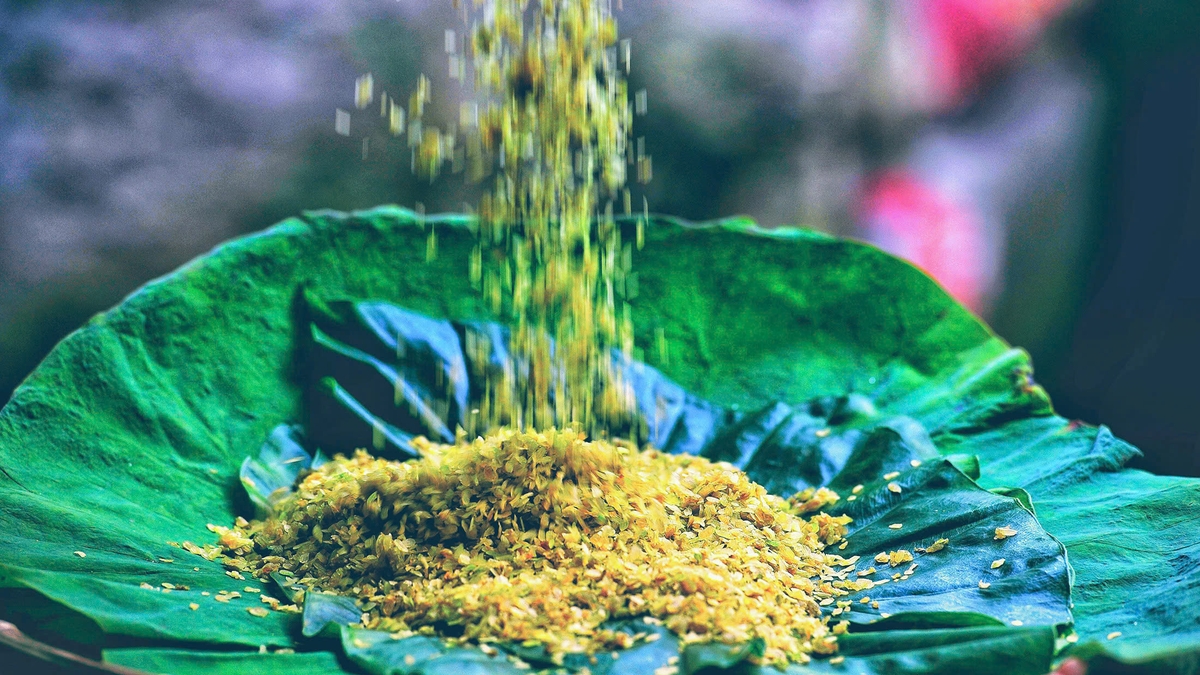
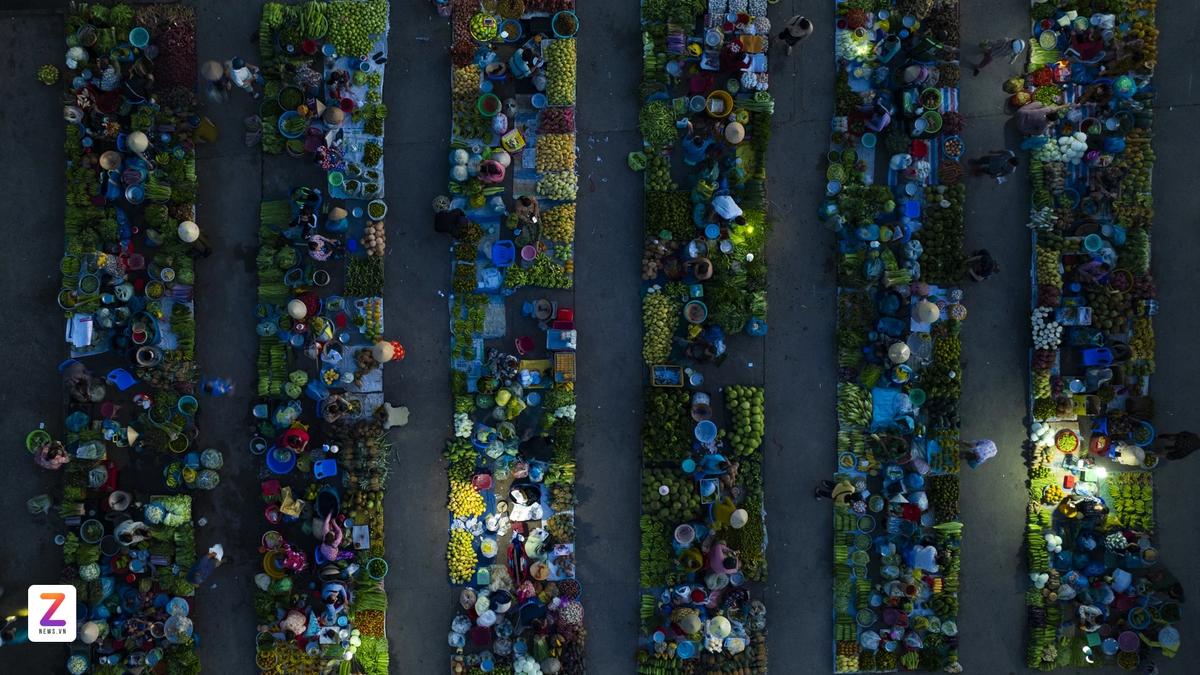




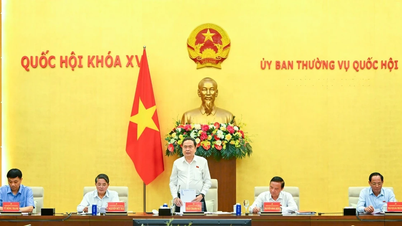




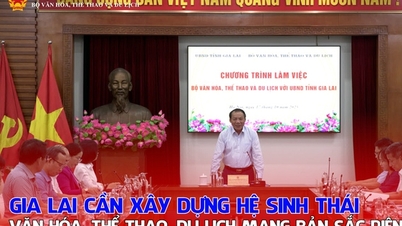

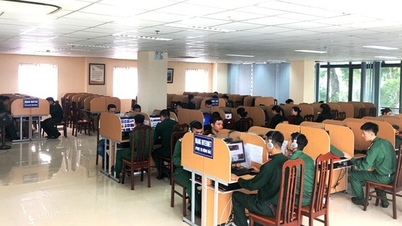



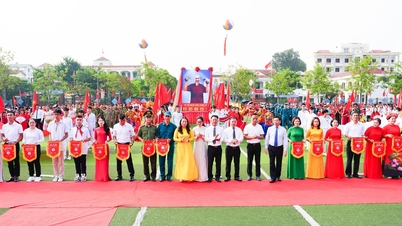
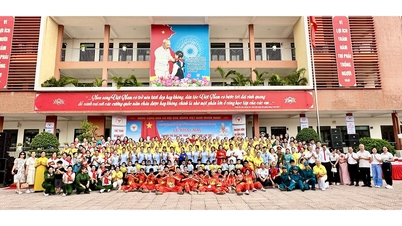
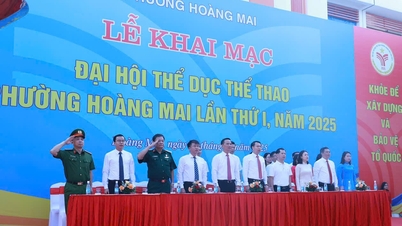
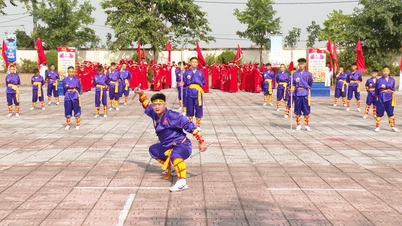


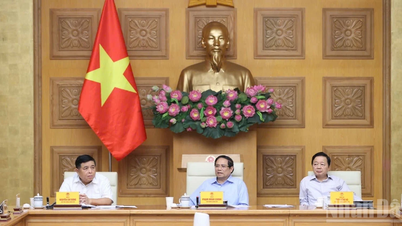
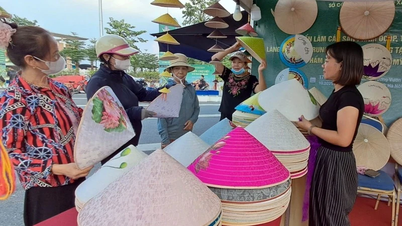
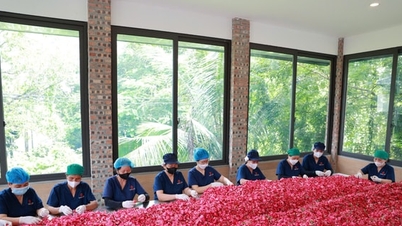



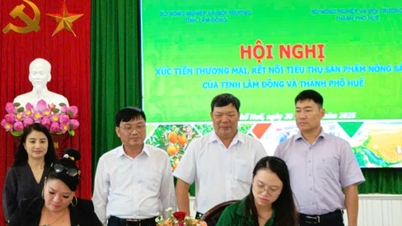


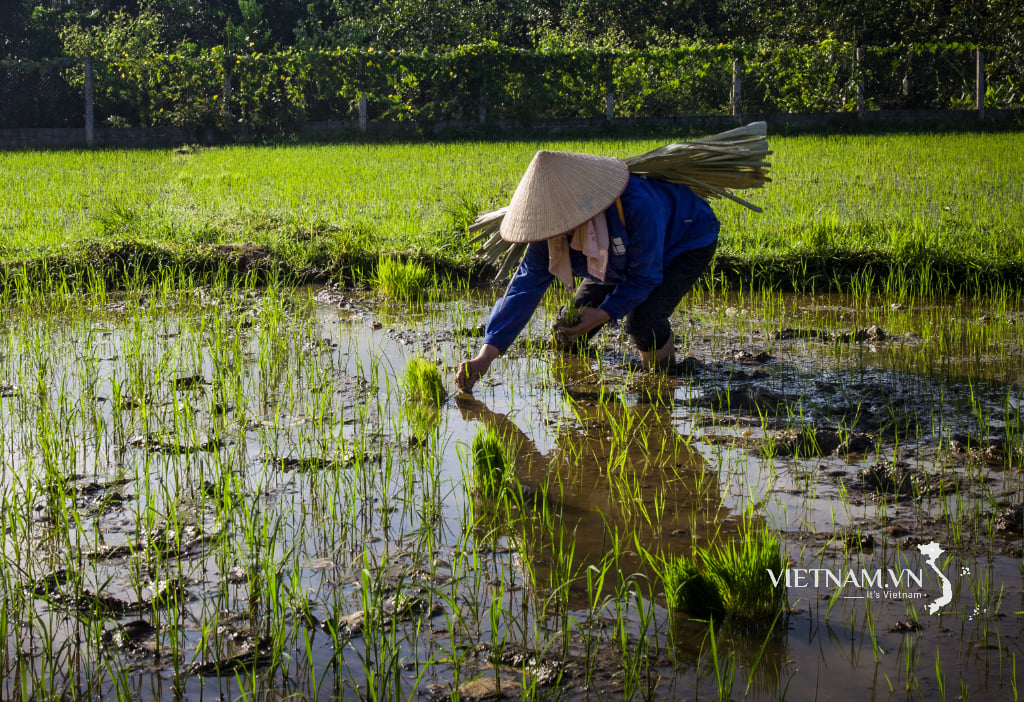
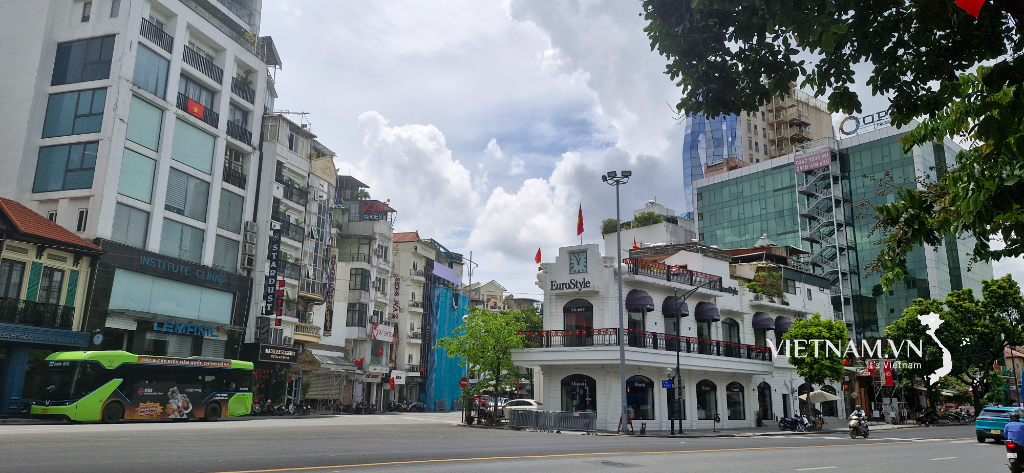


Comment (0)